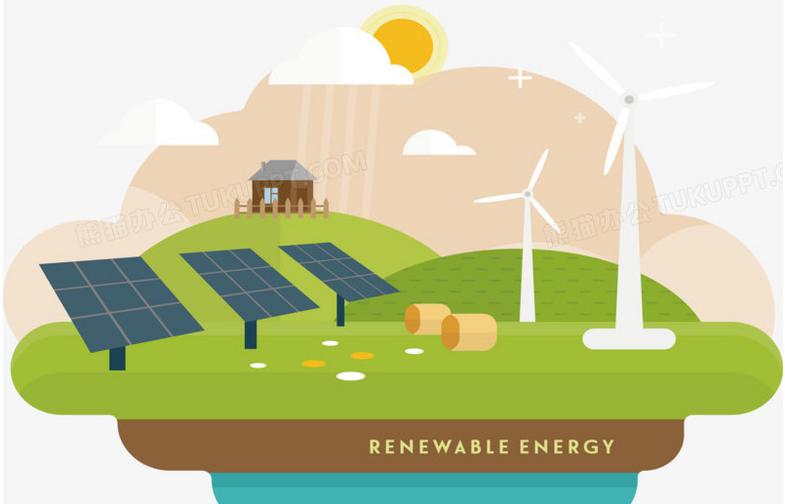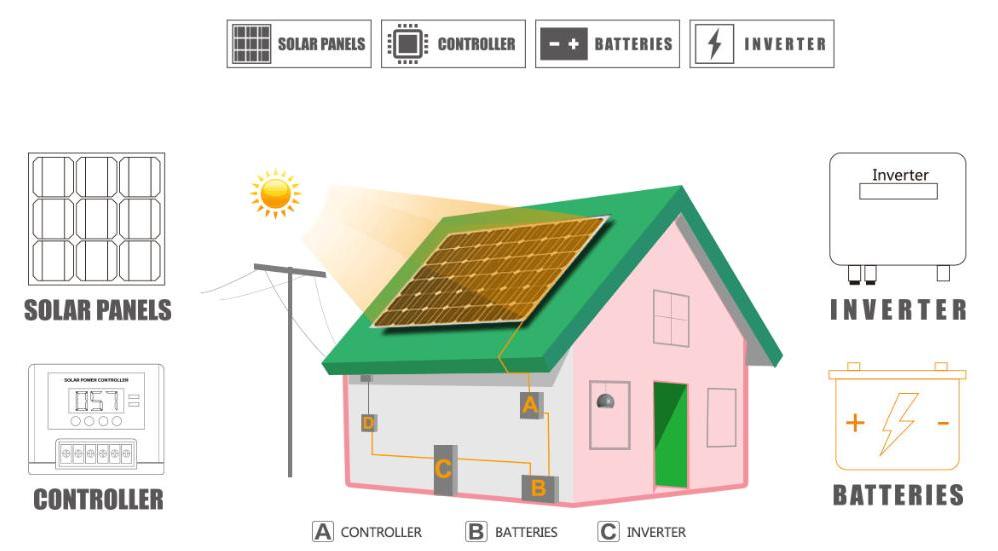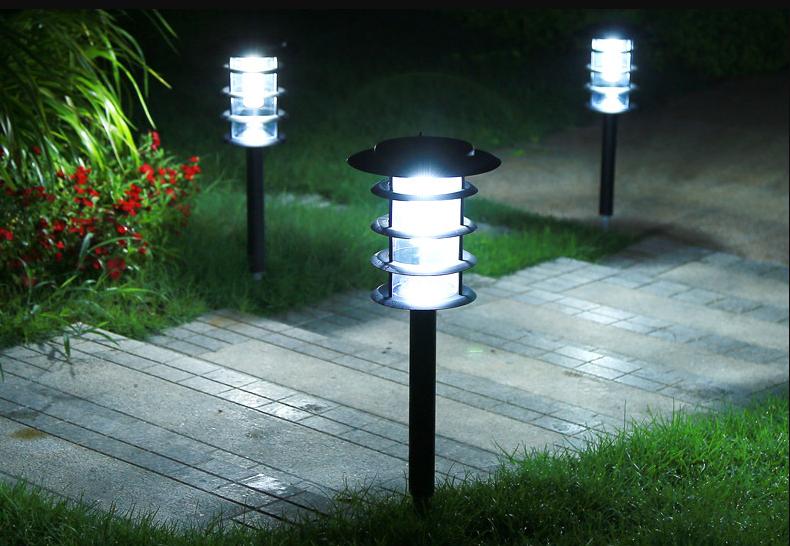Renewable energy for lighting
In today’s context, the use of renewable energy is particularly important. In the past ten years, we have seen renewable energy technologies and practices gradually entering our daily lives. It is integrated into our society and provides subtle differences in daily life such as cars, thermostats, and even lighting and controls. Solar outdoor lighting has stood out from other technologies, not only providing necessary lighting for our daily lives but also reminding facility users and others to consider sustainability in facility design.
Due to advances in solar panels, batteries, and LED technology, commercial solar outdoor lighting is now more reliable than grid-connected systems and provides higher-quality lighting at a lower cost.

• Decrease in the cost of solar panels
The US Solar Energy Industry Association (SEIA) pointed out that in recent years, the cost of photovoltaic panels has fallen sharply, and has fallen by 60% since the beginning of 2011.
• Improvement of battery technology
The growth of the hybrid and electric vehicle market has improved battery technology, resulting in compact, efficient, and longer-lasting rechargeable batteries.
• Improvement of LED efficiency
LED lighting efficiency is also improving, which means that more light can be produced with less power, or higher efficiency (higher lumen per watt), which is equivalent to a reduction in the cost of the same lighting output.
Due to the emergence of these trends, commercial solar outdoor lighting is now more economical than grid-connected in many cases. Solar LED lighting systems can be achieved immediately, which can avoid the trenching, wiring, and other costs associated with installing a new grid-connected lighting system. In addition, with the use of solar LED lights, there will be no electricity bills during the service life of more than 25 years, which can save costs in the next few decades.
Design a sustainable system
• How much light is needed?
• How much solar energy?

Regarding the first question, many companies, organizations, and governments are surprised by the clear, high-quality light provided by high-flux LEDs in solar outdoor lighting applications. In addition, the new LED technology can enhance control, greatly reduce overflow and glare, and provide more effective lighting distribution.
Regarding the question of “how much solar energy”, the amount of solar energy is measured by “equivalent sunshine hours”. The maximum (or 100%) sunlight received by a solar panel in one hour is equal to a complete sunshine hour. Although the sun may exceed the horizon for 14 hours a day at a particular location, the amount of full sunlight may be as little as six hours a day due to the angle of sunlight and the loss in the atmosphere. In order to achieve the expected performance of the system, the design needs to be based on the minimum sunshine time available. For this reason, solar LED lights are usually designed for each specific project.
The final issue is to define how to control the lighting system. Unlike traditional commercial outdoor lighting, LED provides more flexibility in control. In addition to setting the on/off time, the LED also allows dimming, and when no one is present, using a motion sensor to turn off the light (or dimming the light from bright to dark).
Bestyle always pays attention to the development of solar lighting and continues to maintain cooperation with internationally renowned photovoltaic brands. The product line covers solar wall lights, solar garden lights, solar street lights, solar small systems, etc.
Bestyle products for outdoor solar products: www.bestylelighting.com/product-category/outdoor-lighting

